Need some Garden Therapy? Here’s how a Hoedown can help!
A Hoedown is what I called my Garden Consultation Service, purely because ‘Garden Consultation’ sounds so boring!
Someone called it Garden Therapy as they were feeling so stressed and overwhelmed by their garden and not enjoying it all! Others have found it really helpful at different times:
-
perhaps you’ve recently moved in and are overwhelmed by the garden you’ve inherited
-
you’re about to put your house on the market and want it to make a good impression
-
you’ve just built an extension and can now see your garden more
-
or perhaps you’ve spent the last 18 months using it more and you have a niggly feeling it could be working better for all the family!
This last few years have changed everything. With the onset of Covid and the various lockdowns we’ve found ourselves in since March 2020, being outdoors and in our gardens has made us re-think and re-prioritise all sorts of things as our gardens have become safe havens for all the family. Working throughout lockdown has meant I’ve had to be creative so I now have 2 offerings if you’re looking for some input into your garden:
Face to Face Hoedown
- In your garden WITH a cuppa for an hour!
- In your garden with payment upfront by BACS
- Summary report sent afterwards so you don’t have to take any notes – including any sketch ideas and links to inspiration, suppliers, contractors, or plants
- COST: £125 within a 5-mile radius of Redhill (I’m more than happy to travel further afield but will need to factor in travel time and costs)
Virtual Hoedown
- Phone conversation to confirm priority areas (I’d suggest that design, layout, planting ideas work best this way)
- Photos and video sent of the space before our meeting with guidance from me of best angles etc
- Payment upfront by BACS
- 1-hour virtual meeting held at an agreed time from your home WITH a cuppa for an hour over Zoom
- Summary report sent afterwards so you don’t have to take any notes – including any sketch ideas and links to inspiration, suppliers, contractors, or plants
- COST: £125
Email me to get the ball rolling!
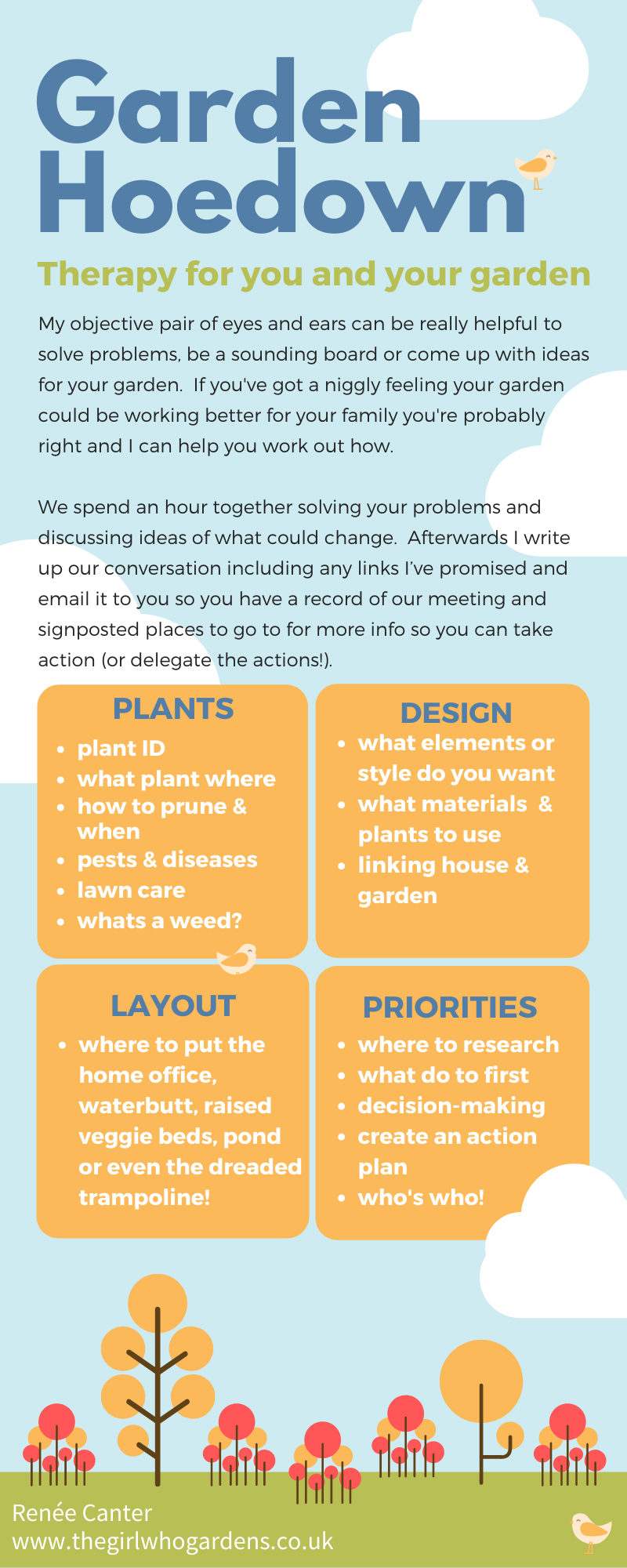
Here’s what Claire had to say following our Hoedown:
“I spent a lovely hour in my back garden with Renée having a Hoedown. She is so enthusiastic and knowledgeable. I feel very inspired now and, most importantly, confident that I can change my garden to suit my family. Renée listened to what I hoped to achieve and asked all the right questions. I can’t wait to get started and thanks to Renée’s follow-up email with links and reminders of what we talked about it didn’t matter that I forgot most of the plant names we talked about! Thank you.”

Renee’s head and shoulders
What would you want us to spend our hour discussing? Let me know in the comments below!
Renée
Book a Hoedown HERE!
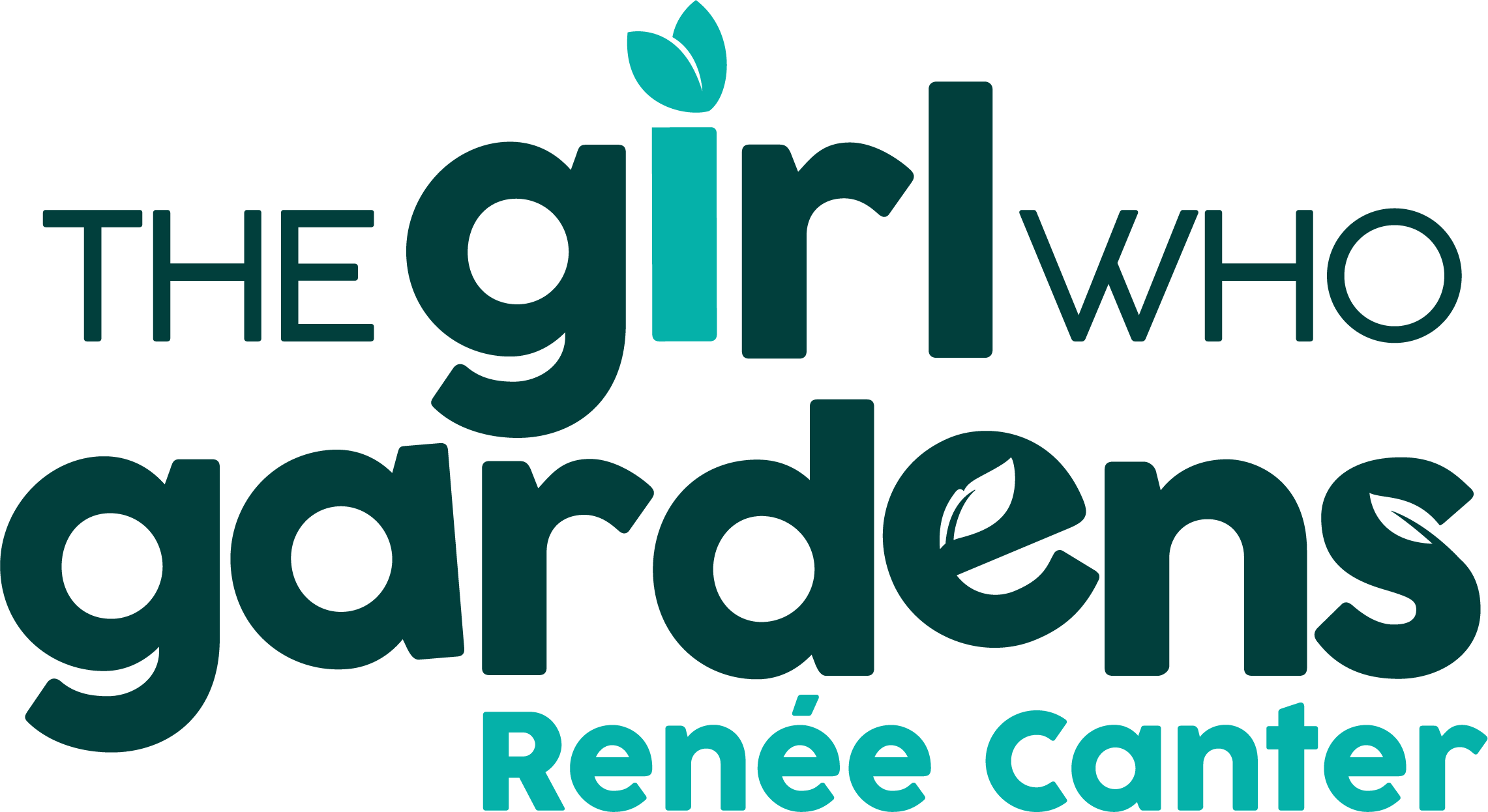
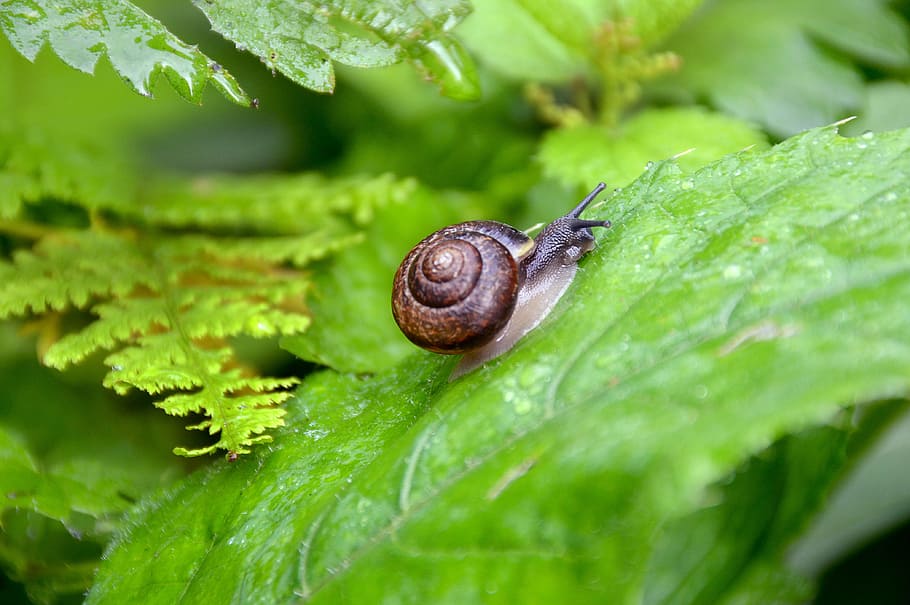
 Traps – if you’re organic use beer or salt to lure them to their death or if chemicals don;t bother you use slug pellets. but here’s a trick – use a tall, slender jar (one that had olives in is a good shape and size), put the slug pellets in and lay it on its side on the soil under planting. That way it still creates a trap for the slugs but no other birds and animals can accidentally get trapped. Do it today and have your own Valentine’s Day Massacre!
Traps – if you’re organic use beer or salt to lure them to their death or if chemicals don;t bother you use slug pellets. but here’s a trick – use a tall, slender jar (one that had olives in is a good shape and size), put the slug pellets in and lay it on its side on the soil under planting. That way it still creates a trap for the slugs but no other birds and animals can accidentally get trapped. Do it today and have your own Valentine’s Day Massacre!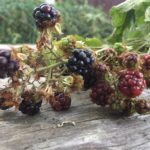 It is Blackberry Season and there are lots and lots this year! So we are ploughing through Blackberry and Apple Crumbles, I’ll be making Blackberry and Apple Jam like my Nan always used to but I’ll also be making Blackberry Vodka this year as its such an easy recipe and it will make gorgeous Christmas Presents and I’ve been saving some beautiful glass-corked wine bottles just for this!!! All you need is:
It is Blackberry Season and there are lots and lots this year! So we are ploughing through Blackberry and Apple Crumbles, I’ll be making Blackberry and Apple Jam like my Nan always used to but I’ll also be making Blackberry Vodka this year as its such an easy recipe and it will make gorgeous Christmas Presents and I’ve been saving some beautiful glass-corked wine bottles just for this!!! All you need is: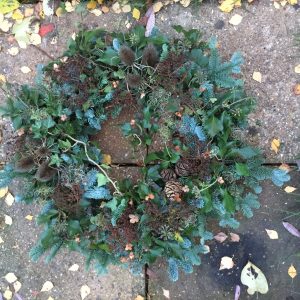 Its August and I’m going to mention the C word! Christmas! … I’m already planning for this Christmas and the Wreath Workshops that I run. In fact, I took my first
Its August and I’m going to mention the C word! Christmas! … I’m already planning for this Christmas and the Wreath Workshops that I run. In fact, I took my first  I’ve been running Christmas and Autumn Wreath Workshops for 3 years and have helped approximately 400 people to make their own wreaths. I’ve always used floral foam (or Oasis) bases for the wreaths I make and, in my workshops, for 2 main reasons:
I’ve been running Christmas and Autumn Wreath Workshops for 3 years and have helped approximately 400 people to make their own wreaths. I’ve always used floral foam (or Oasis) bases for the wreaths I make and, in my workshops, for 2 main reasons: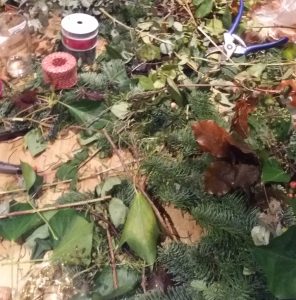
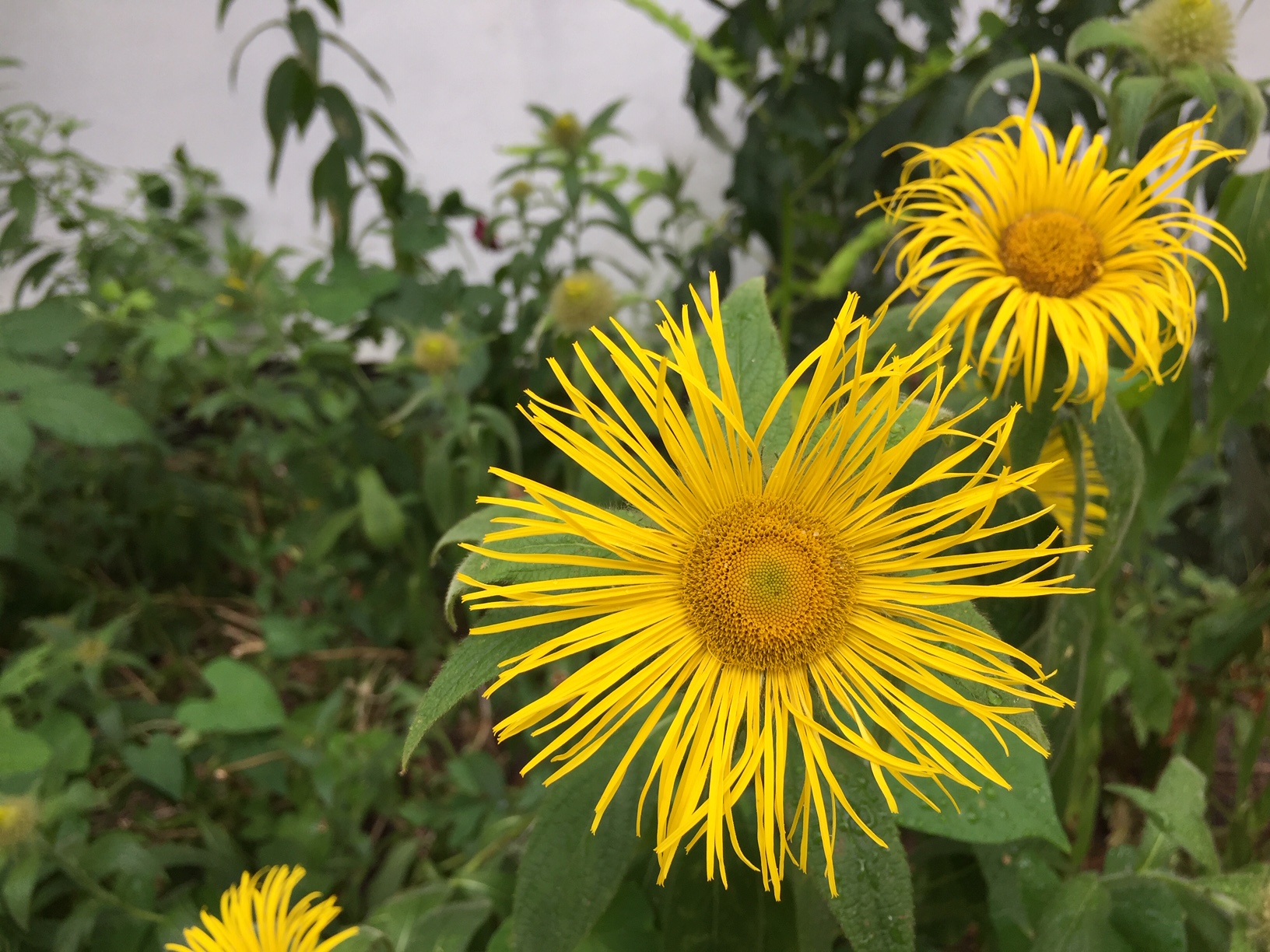 Harvest Daisy (Inula) – t
Harvest Daisy (Inula) – t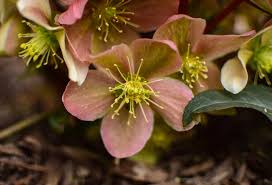
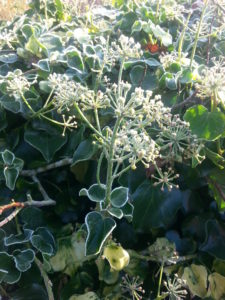
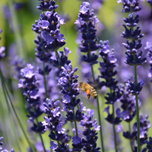
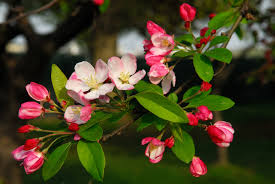

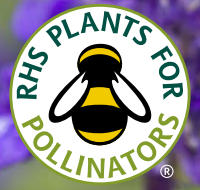
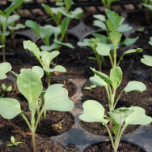
 Most recently I joined an online Group that supports Mums who run their own businesses – its been invaluable and Laura that runs
Most recently I joined an online Group that supports Mums who run their own businesses – its been invaluable and Laura that runs 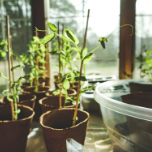 Keep your eyes open for new of Plant Sales in your local area and let me know what treasures you find in the comments below.
Keep your eyes open for new of Plant Sales in your local area and let me know what treasures you find in the comments below.